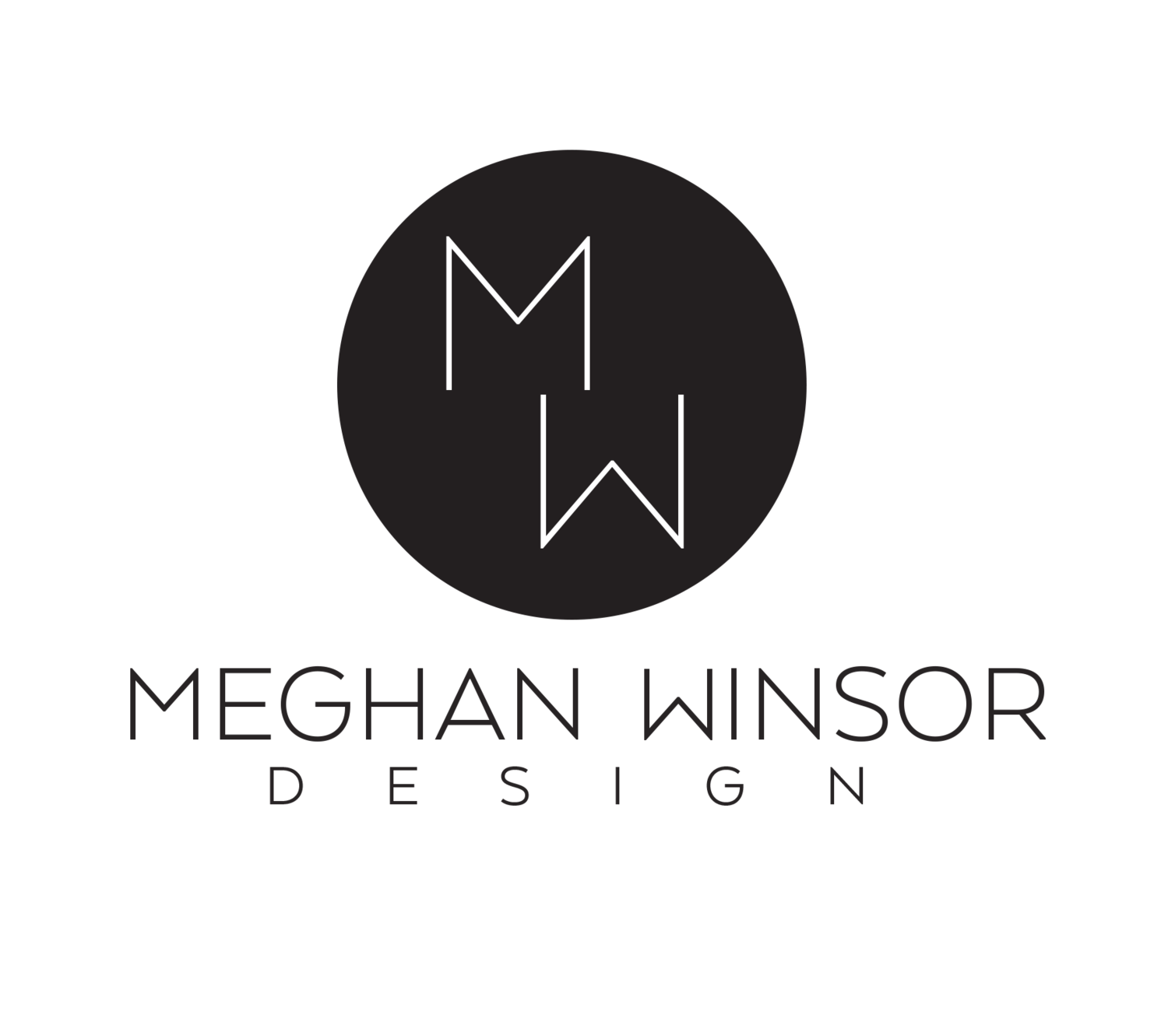Bold Colored Bathrooms
/Thinking of adding colour to your home but scared that daring hues might take it a little too far? Rather than adding your favorite bold hue to your living room or kitchen, why not use the colour strategically. Bathrooms are a great place to let your colourful side shine!
A dreary bathroom is the perfect chance to experiment with colour! When you’re tired of neutrals and whites, adding a single, bold hue is a stylish way to freshen up your space. Provide a real “wow!” moment for guests, especially if the rest of your home is calm and neutral!
Adding colour can be done in lots of ways as well – paint, tiles, wallpaper, accessories, plumbing fixtures, and the list goes on!
Check out these fabulous bathrooms that experiment with bold hues!
Hope you enjoyed the colours!!
-Meghan
Click the images to visit the source websites! :)
Want to work with Meghan? Email her at meghanwinsordesign@gmail.com!


















